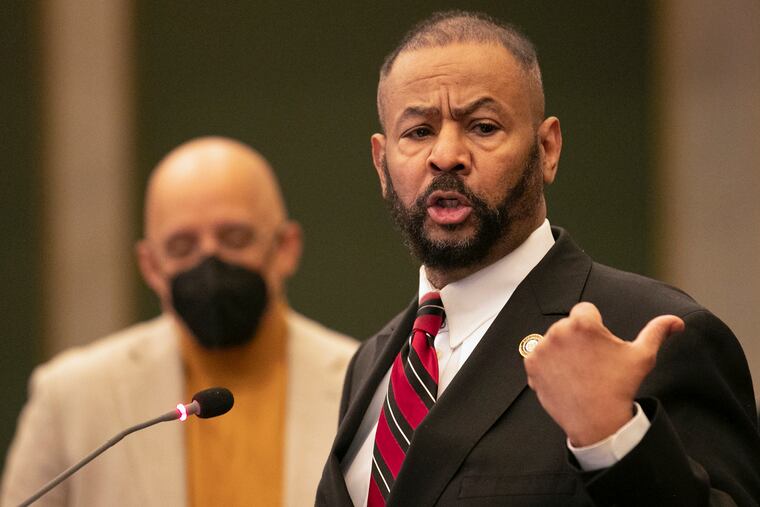‘Everybody wants one’: City Council pushes for more cameras on Philly’s 57 worst blocks for gunfire
Among other tactics, City Council members and police officials want to use street cameras and other technology to help address Philadelphia's gun violence crisis.
